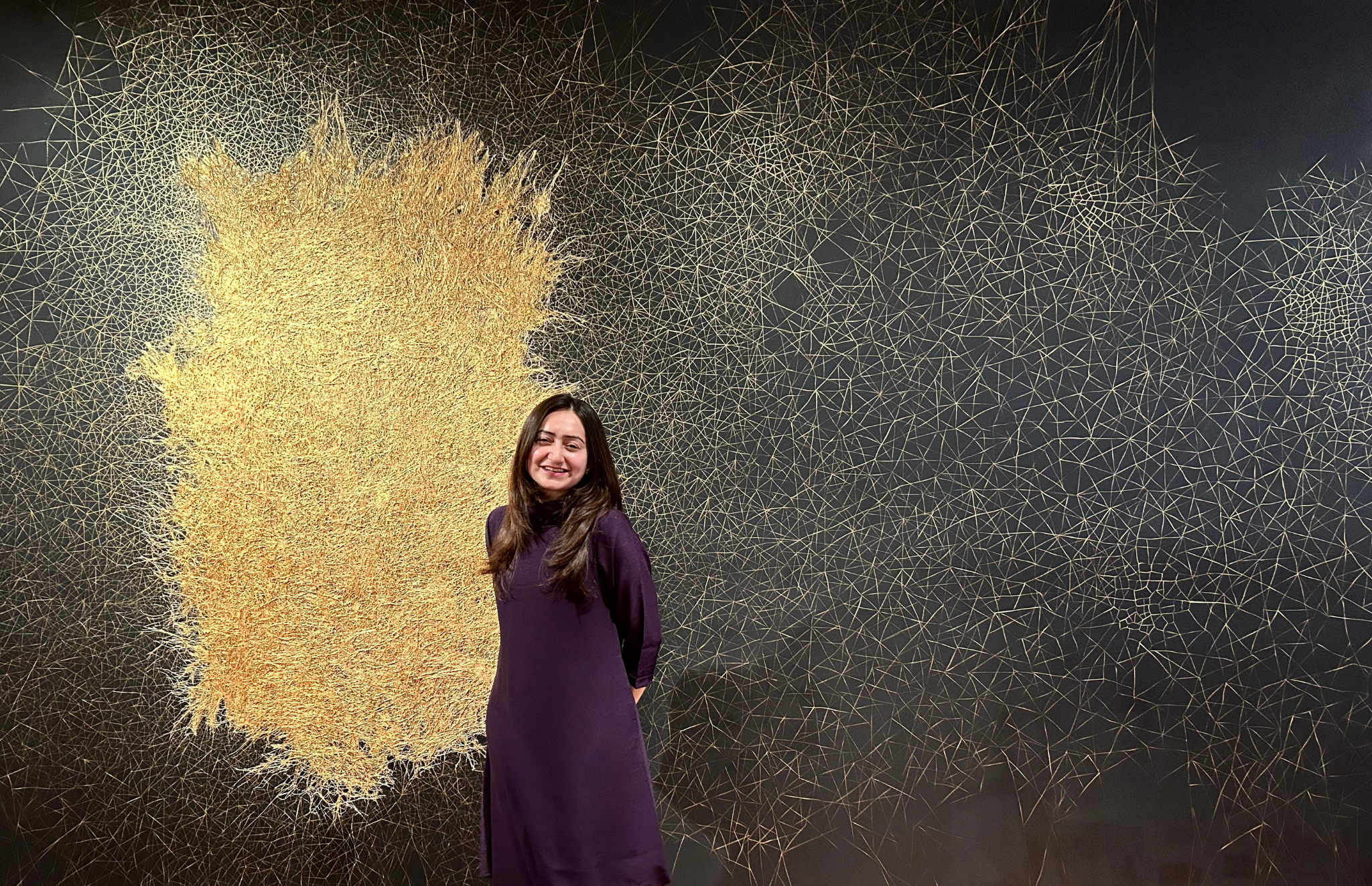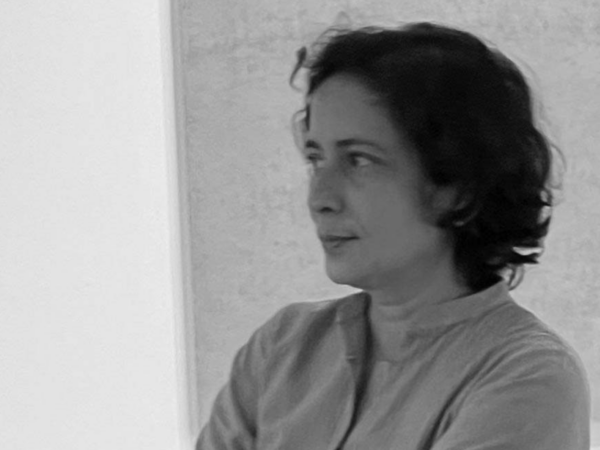Grimanesa Amorós born in Lima, Peru, lives and works in New York City. She is an interdisciplinary light artist whose diverse interests include social history, scientific research, and critical theory. A direct relationship to technology is one of the distinctive features of Amorós’ practice. Her works incorporate video, lighting, and technological elements to create monumental sculptures that engage architecture and the community. She was a guest speaker at TEDGlobal 2014, a recipient of the ‘NEA Visual Arts Grants Fellowships 1993 ’, the ‘NEA Artist Travel Grant,’ Civita Institute Fellowship 2019. and has the distinction of being part of the ‘Art In Embassies Program of the U.S..’
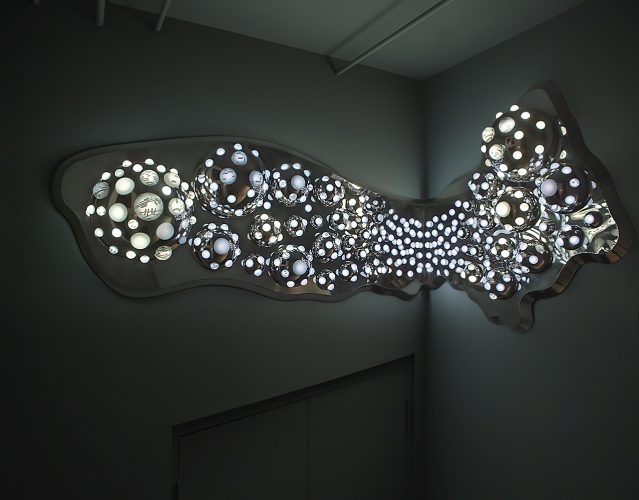
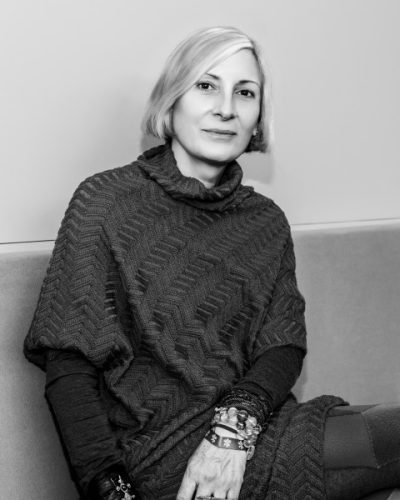
SP: What are your predominant sources of inspiration?
GA: Architecture and community. I am a daughter of an engineer and in many ways I inherited his way of thinking about space and its effect on individuals within communities.
When I create my large scale sculptures I take into consideration how architecture, the viewers, and the piece communicate with one another, becoming one. It is a never ending source of inspiration. The essential elements to my work.
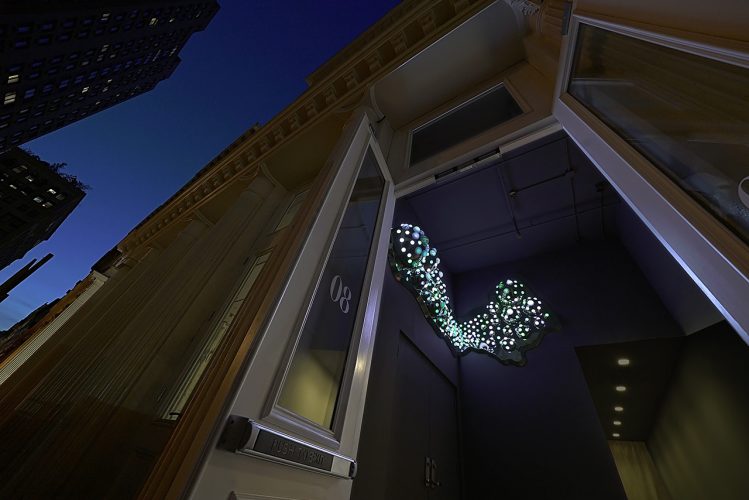
SP: How do you understand light as a medium? Do you see light as a colour or as an absence of dark?
GA: I don’t consider light as a color or an absence of dark. Light is ever-changing, a fluid medium, so I do not define it as if it is a solidified matter. Instead, it’s important to consider our relationship to light and the power it has.
Art provides a means to access our emotional selves. It makes us more empathetic, because it gives us the space to nurture and prosper. Studies have shown how light improves our mood and mental health. Light is a distinctive medium. It has the power to mesmerize audiences across social and geographic boundaries. I see light as a connection, as we all connect to light.
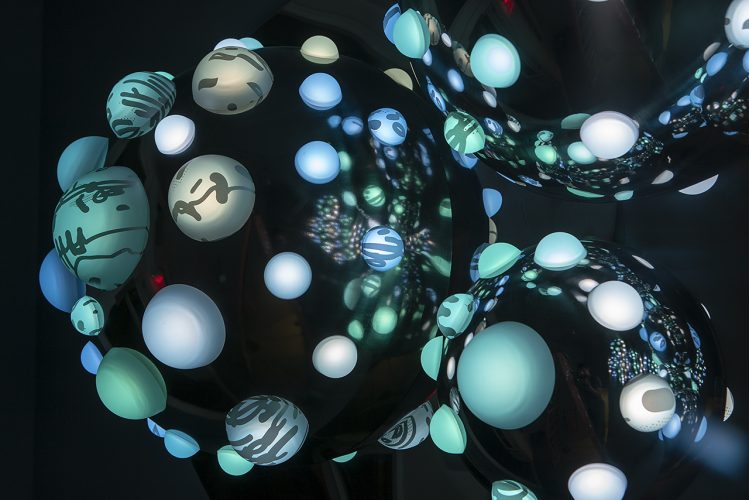
SP: In your Mumbai, India project you have created a monumental site-specific light installation that represents the everyday tangled yet functional electric wires found casually on most of the Indian streets. I am inquisitive if there is any politics in this work, or if it is a mere aesthetical representation of the visual mess encountered?
GA: When visiting Mumbai, the electrical wires fascinated me. They were an aesthetic starting point and a conceptual inspiration; the piece is layered. Electrical cables are representative of the ancient human desire to connect. The dichotomy of functionality and complexity within these relationships is interesting. The human hive is vast; we are all tied to each other.
The piece is not necessarily political but, as I stated, the work is layered. Open communication means that the work is open to interpretation from individual viewers. I create work that inspires others to think about the world around them. I want them to draw their own conclusion and form their own opinions, it is the connection that is essential.
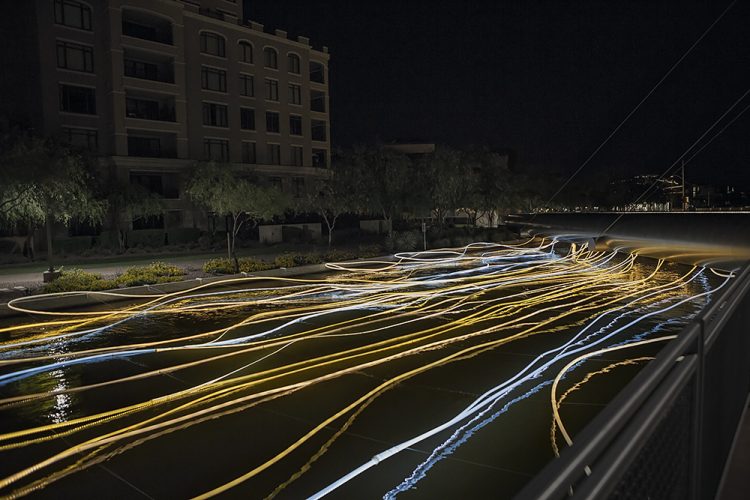
SP: Light being a sensitive medium requires attention to the minute details of its technical aspect. What are the challenges you face while creating such an immersive environment in public spaces?
GA: Every installation is its own challenge. I am onsite for each of my installations, working in extreme weather conditions, overseeing the entire process. It involves coordination, significant logistics from both sides of the teams, and, most importantly, communication.
Attention to detail is critical. When I’m programming my lighting sequences, it is like composing a piece of music. Each note has its moment in time and space. Watching visitors interact with the work never ceases to amaze me.
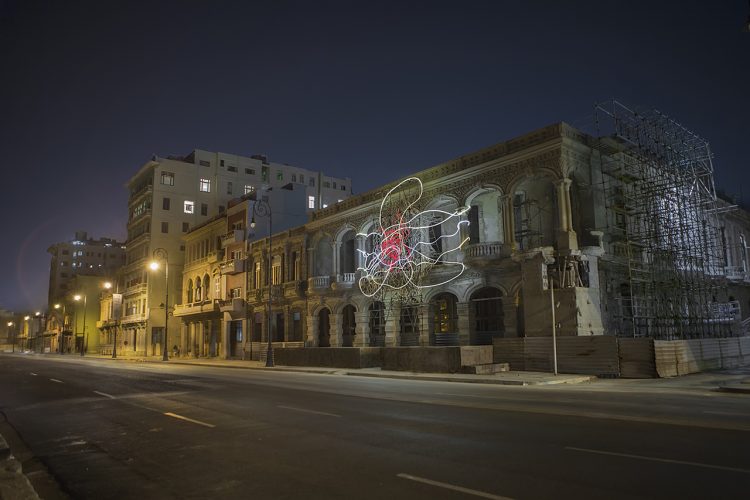
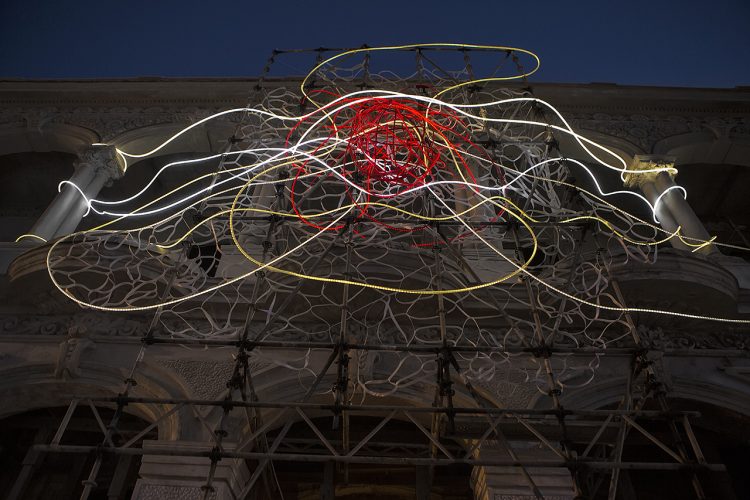
SP: The lights that you use as a medium in your sculptures are commercial lights that are easily recognisable to the common people and are often seen in public places like amusement parks. How would you differentiate your installations from such spaces?
GA: This is a great question. The way I program my work is distinct. The commercial lighting you see in an amusement park blinks or flashes in sequences created by computer algorithms and generic hardware.
All of my electronic components and materials are custom-made to meet my vision. Each LED is high-quality, vibrant, and individually programmable. I create each of my lighting sequences onsite, observing how the lighting sculpture communicates with the architectural space. This makes the work organic.
SP: How do you link your Peruvian ethnicity with your light and sound sculptures?
GA: I draw inspiration from the communities that surround my work. My Peruvian cultural heritage influenced my earlier pieces, such as Uros House or Light Between the Island among others. I grew up by the pacific ocean in Peru. Watching the foam bubble up on the shores of my homeland inspired both the spherical shapes and the quality light found in much of my work.
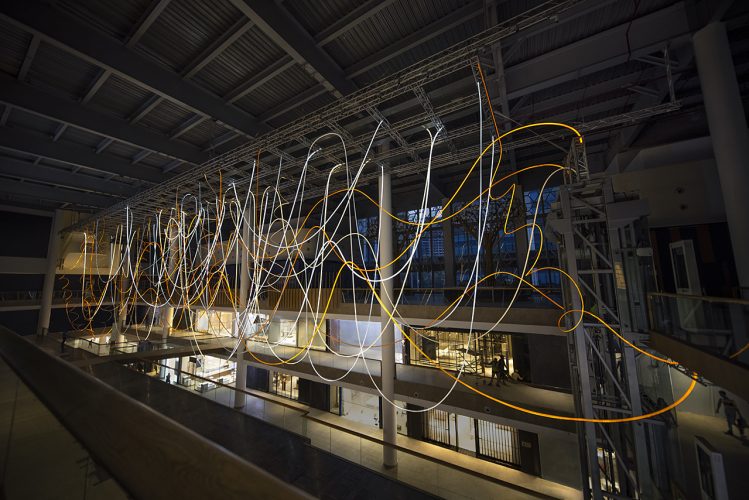
SP: In the age of experimental media, what do you think is the next big thing in this art world? What is your take on healing sound baths sculptures, NFTs and Public Art?
GA: Technology is rapidly evolving, and it is exciting to see how the art world incorporates these new methods of making. NFTs are an interesting frontier for the art world. It has it’s pros and cons but it’s here to stay for a while. It might become more regulated in the future.
I can not predict the next big thing, but I believe art that expresses the unique qualities of the artist will remain most impactful.
SP: Which is your most exciting collaboration project so far that has been significant in your career?
GA: I do not have a particular project to label my favorite or the most significant. When I create the work, it feels as essential as any other piece. Golden Array, my latest, was exciting to create because of its monumental size.
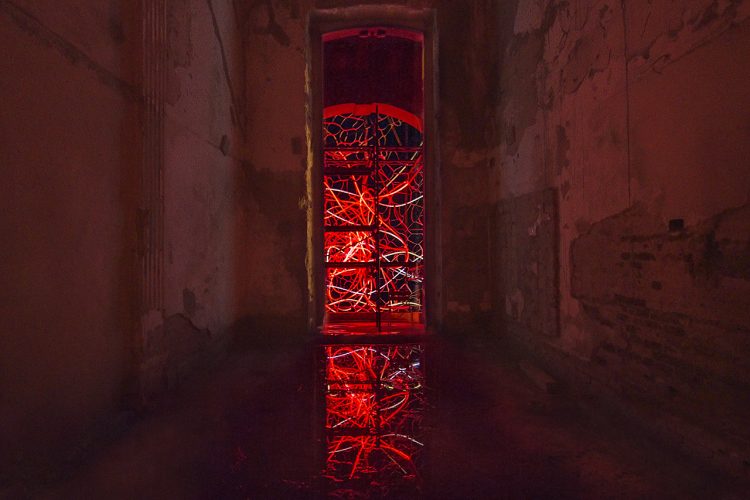
SP: Would you like to give us glimpses of your ongoing projects?
GA: I have upcoming projects in Colorado, Saudi Arabia, Mexico, New York, and Germany. My next project will be at Azkuna Zentroa Cultural Center in Bilbao Spain.
SP: Any suggestions you would like to give to the young emerging artists and art practitioners?
GA: We cannot make art to please others. We have to do it to make them think. When I lecture, I refer listeners to my motto LPP: Love, passion, and perseverance. It has been essential in my practice since the beginning of my career.
Image Courtesy: Grimanesa Amorós Studio
Portrait Courtesy: Katie Vajda
Find more about the artist and the installations:


